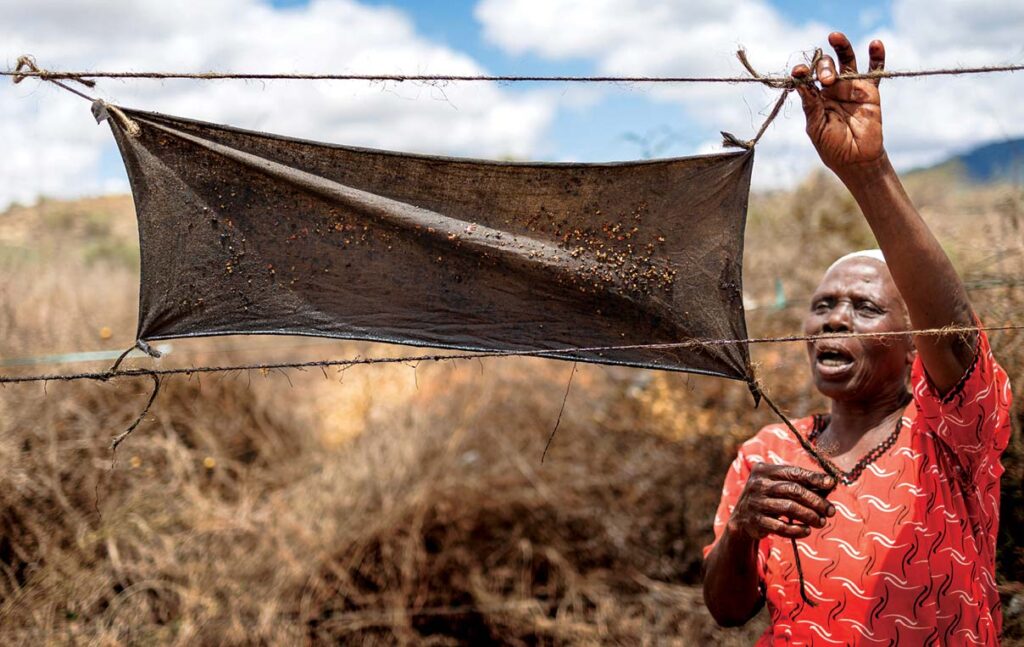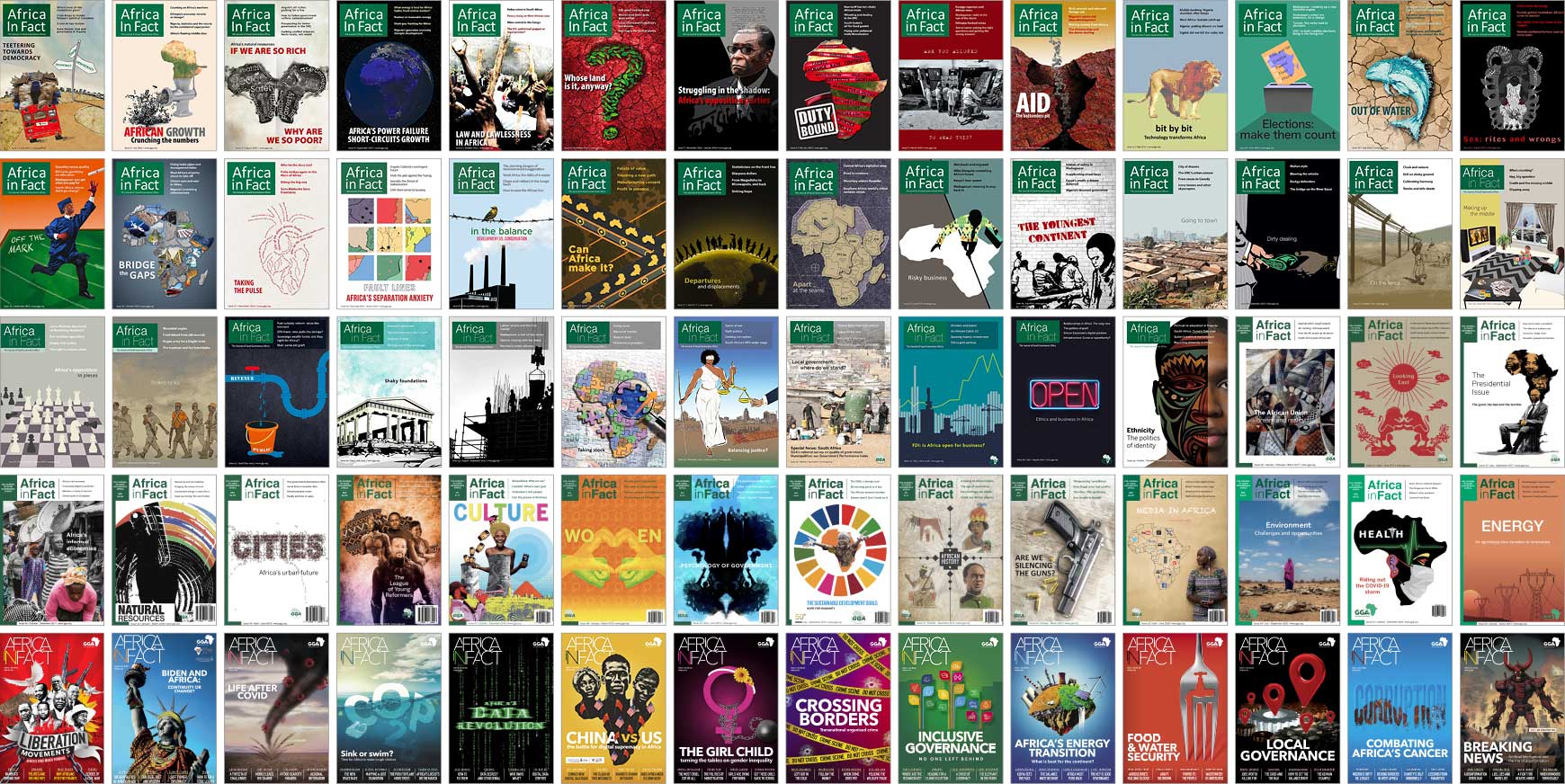Do the cons outweigh the pros for people living with wildlife under Zimbabwe’s well-meaning Communal Areas Management Programme for Indigenous Resources (CAMPFIRE)? In October, Africa in Fact interviewed a handful of residents of the Tsholotsho Ward 1 community, in Matabeleland North, to find out.
CAMPFIRE was introduced in the 1980s as a community-centric approach that would enhance local livelihoods through mutually beneficial, collective wildlife management mechanisms. It was perceived as a departure from the exclusionary colonial approach of preservation that focused on protecting these natural resources from any use at all to enabling communities’ partial ownership and control that was expected to guard against poaching, overuse, and extinction (Duffy, 2000).
The expectation, as early scholarship reveals (see Child, 1996; Hughes, 2001; and Logan and Mosley, 2002), was that this would culminate in revenue sharing for local communities in these arid, marginal, wildlife-rich areas such as Binga – and of interest to this analysis – Tsholotsho, both districts in Matabeleland North.
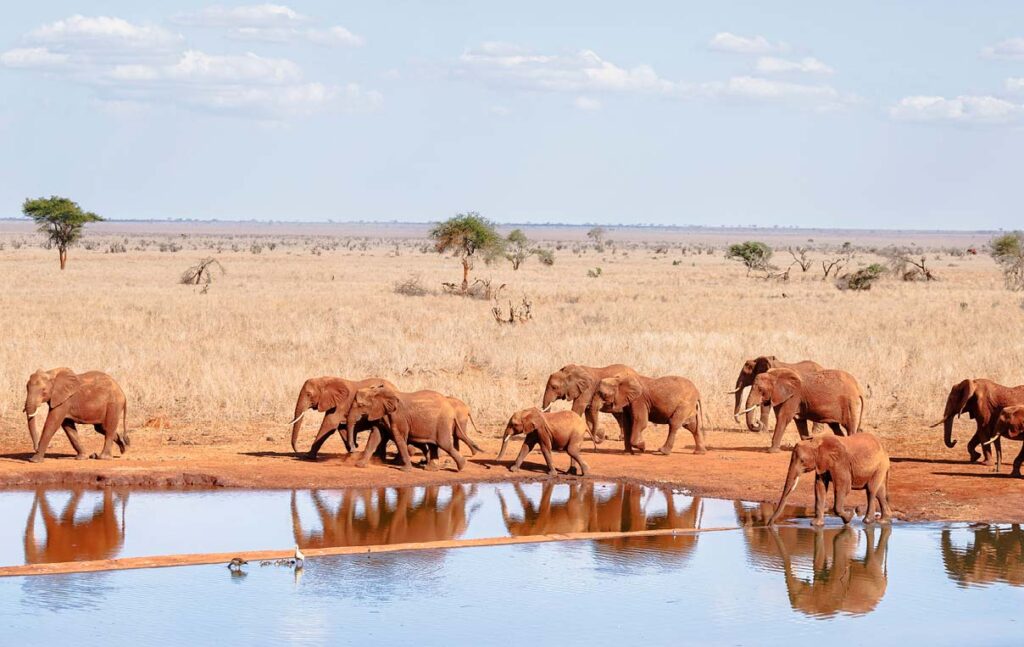
CAMPFIRE is managed through Zimbabwe’s Rural District Councils (RDCs), which are tasked with granting and managing trophy-hunting concessions. These local authorities are mandated to facilitate revenue sharing for communities’ infrastructural development.
Tsholotsho is characterised by an abundance of wildlife resources, notably elephants. The World Wildlife Fund (WWF) indicates that Tsholotsho is an agroecological region characterised by low and erratic rainfall, where two of its principal rivers, Manzamnyama and Gwayi, are seasonal. Some 70% of the district is covered by Kalahari sands that are, for the greater part, not conducive for agriculture. Locals bear the brunt of human-wildlife conflict, especially from marauding elephants and lions.
In 2021, Cultivating New Frontiers in Agriculture (CNFA) highlighted that the Tsholotsho district is home to 50,000 elephants. There are also buffalo and other smaller wild animal species. It is logical to expect that in 2024, after more than three decades of hosting CAMPFIRE, wildlife such as elephants and lions should be more efficiently managed to safeguard communities’ livelihoods and, importantly, to secure human life. It is also logical to anticipate that, given such wildlife endowment, the district should, by now, be infrastructurally advanced, with good accessible roads, education, and health facilities, among others.
However, the mixed reactions from Tsholotsho Ward 1 locals, particularly women and children, paint a different picture. Some Tsholotsho Ward One community members stated that the little benefit that has accrued has come at the cost of their livelihoods, security, freedom of movement, and daily peace of mind. They argue that CAMPFIRE has not fully translated into its much-hyped founding ideals (Mashingaidze, 2012). They also said that government and trophy hunting companies and their partners, many of them foreign, continued to overlook their concerns. Yet they were the ones who had to wrestle with wildlife in their daily lives.
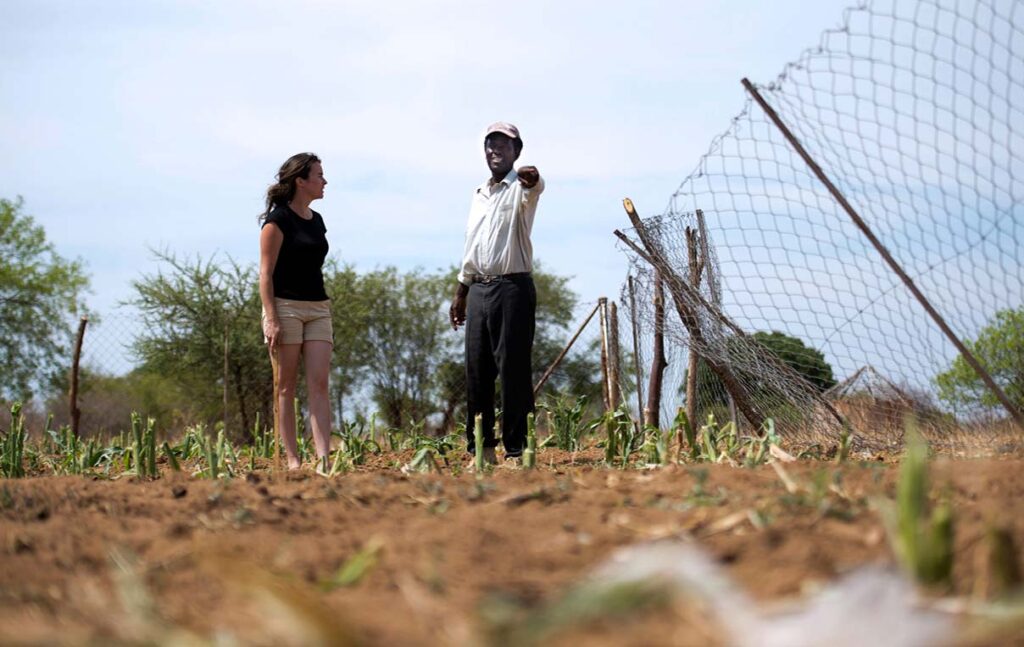
Speaking to Africa in Fact, some sections of Tsholotsho’s Ward One acknowledged that revenue-sharing arrangements had yielded some benefits to their community. Mr Pholani*, aged 63, said: “CAMPFIRE has benefited our life as a community because our rainfall is not always good, so we do not have many ways of making money from our community. CAMPFIRE, therefore, offers us a source of money for our community projects. White people come to enjoy looking at our animals and sometimes hunt at Makona, Ndabambi, and Lodzi. I have heard from some of my neighbours in the CAMPFIRE committee that our elephants are sometimes hunted for $23,000 and some for $40,000. This money gives us a share of our community CAMPFIRE account, which we use for development.”
Yet, as researcher Mkono (2019) observes, benefit sharing in trophy hunting has always been in question, with some of the revenue going to overseas agents. This is at the expense of local communities that, nearly four decades on, continue to live in poverty. The benefits are not congruent with the huge revenues and, importantly, not with the risks and losses they experience in their daily efforts to coexist with wildlife. Residents described their daily lives as precarious, as they felt trapped between the vicious cycle of elephants and the drought. In various ways, their stories echoed how they were perennially subjected to what they defined as two categories of hunger: hunger caused by elephants and hunger caused by drought.
Mrs Magutshwa*, 61, from Tsholotsho’s Muzimunye Village in Ward One, said from the time she was a young girl, life under CAMPFIRE had been one of constant fear of attack, as well as of loss and destruction from the elephants. Talking to Africa in Fact in October last year, she lamented that marauding elephants had reduced her 2023 farming season hard work to nothing.
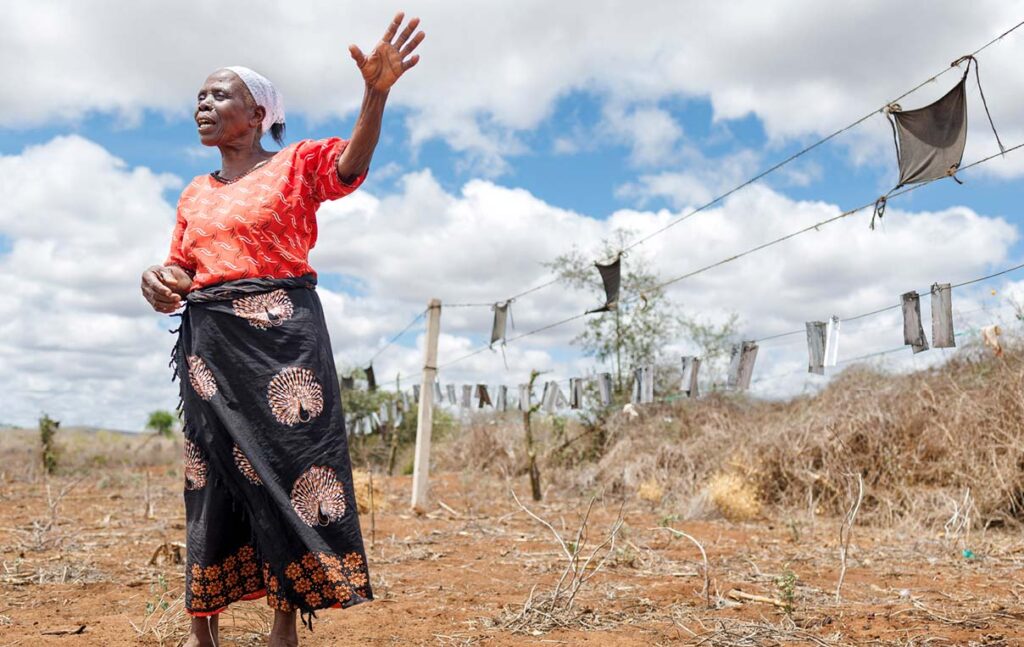
“It seems the wild animals can no longer stay in the game parks as they used to,” she said. “Some say there are no fences to keep them in the parks. We regularly spot them in our community and do not feel safe. In January of this year, I woke up to find my fields looking like I had just hired people to harvest everything. My maize and groundnuts had been uprooted, my melons eaten … that little that I had hoped to pick from my fields after the unreliable rains had been razed by the elephants. I am worried because even my few, already drought-stricken cattle and goats face the threat of being attacked by lions. It’s a very difficult life for me, especially because I am a widow.”
Magutshwa’s sentiments highlight the limits of decades of the CAMPFIRE inclusive conservation model amidst changing climate patterns. These patterns have led to biodiversity loss, which has affected the elephants’ food and water sources and pushed them further into human habitats in their search for both. Magutshwa explained that animals trekking into the communities, especially smaller species such as Impala, have led to an increase in poaching. This puts communities in constant conflict with rangers, who sometimes deploy collective punishment against all community members.
Other women from Ward One particularly felt endangered whenever news emerged that elephants or lions had been spotted in any part of their ward, even in far-off villages. They explained that this inhibited free movement within their yards and community, which affected their ability to attend to their daily life commitments beyond their homesteads, such as working in their fields.
Engagements with schoolchildren also brought up mixed reactions. Sichelesile, a Form three female student, said CAMPFIRE was good for their education, citing a period when one of the classrooms at her school had its roof blown off by the wind, and they were informed it had been repaired using CAMPFIRE funds. Mrs Ntini*, a Village Development Committee member, also highlighted the benefits of education.
“We have also used the money to solve our water problems,” she told Africa in Fact. “Boreholes have not only been drilled but, a few days ago, one of them was connected to a solar system, and we are now getting water much more easily from a tap. Right now, we are looking forward to building Zimatugwa Secondary School using CAMPFIRE funds so that our children can go beyond grade seven. Zimatugwa Secondary has already been pegged, and once we get more funds in our account, building work will begin.”
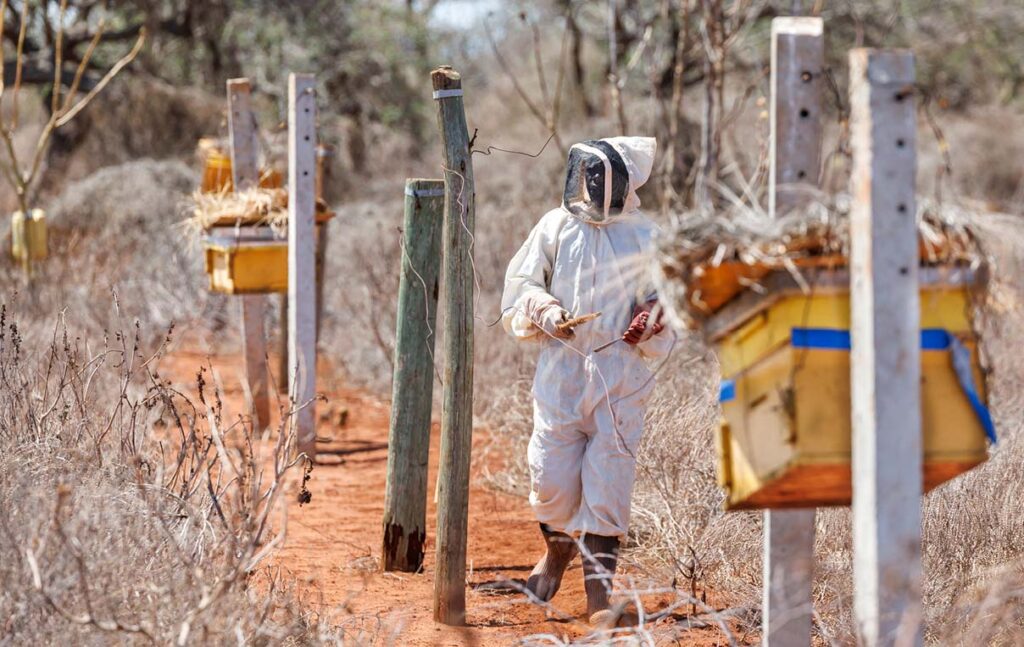
However, one scholar, Alfred*, while acknowledging the benefits of CAMPFIRE, was concerned that when elephants were spotted within their community, students were unable to go to school until the game rangers, whom he said often took a long time, had responded by coming to shoot to kill or intimidate the animals away.
“When elephants or lions have been spotted in our community, our parents will simply not allow us, and especially the younger pupils, to go to school until a report has been made and the rangers have taken action to push the animals out of our community,” he said. “This, however, is sometimes a very long process, and it may take up to two weeks before the rangers can come and take action to scare the elephants away. The council offices where we make our reports are also very far from most of our villages.”
Alfred’s concluding sentiment was that while CAMPFIRE had contributed to educational infrastructure development, the presence of elephants and other wild animals undermined these positive outcomes, as they missed school some days.
Overall, the Ward One community members who spoke to Africa in Fact emphasised that CAMPFIRE required urgent review in light of a number of changes in the past four decades. These included the country’s decades of economic decline, human and wildlife population growth versus the land’s carrying capacity, and, importantly, the adverse impacts of climate change.
Community members believe that they have been abandoned to their own devices, living restless and risky lives that sometimes require them to sleep in their fields or at dams amidst fires to deter elephants and secure what little they can of their food and water. They want government and trophy-hunting companies to return to CAMPFIRE’s founding ideals by valuing the views and lives of local communities.
* Names have been changed to protect the privacy of respondents.

Sikhululekile Mashingaidze entered into the governance field while she was a part-time enumerator for Mass Public Opinion Institute’s diversity of research projects during her undergraduate years. She has worked with Habakkuk Trust, Centre for Conflict Resolution (CCR-Kenya), Mercy Corps Zimbabwe and Action Aid International Zimbabwe, respectively. This has, over the years, enriched her grassroots and national-level governance projects’ implementation and management experience. Her academic research interests are in the field of genocide studies, driven by her commitment to deepening her understanding of girls' and women’s experiences and their agency in reconstituting everyday life, and their inclusion in peace-building and transitional justice processes. Socially, she has a keen commitment to supporting girls' education, women’s economic empowerment and the fulfilment of their equitable and sustainable development in Africa’s underserved, often hard-to-reach communities. She enjoys writing and telling the stories of navigating everyday life.

